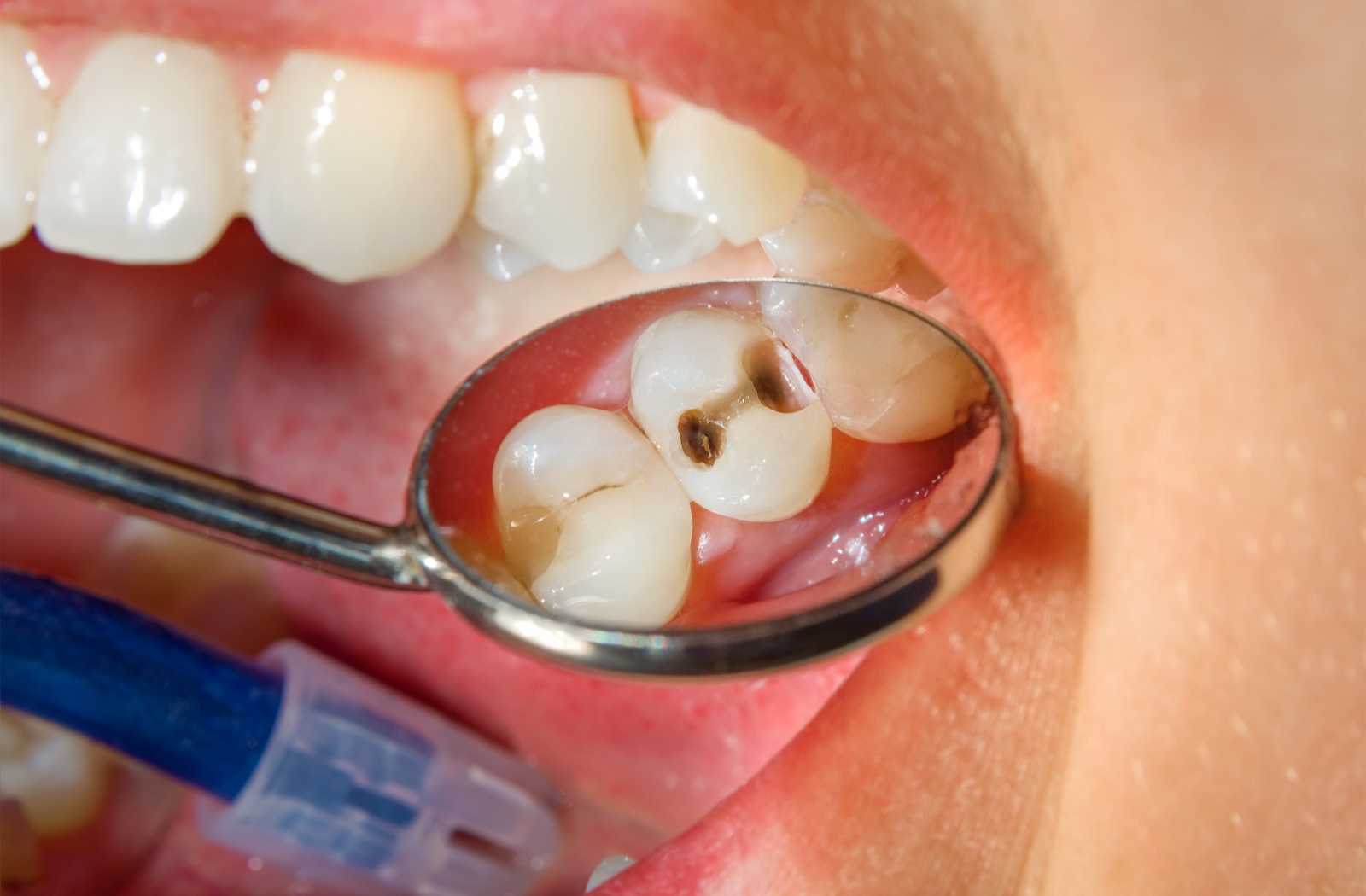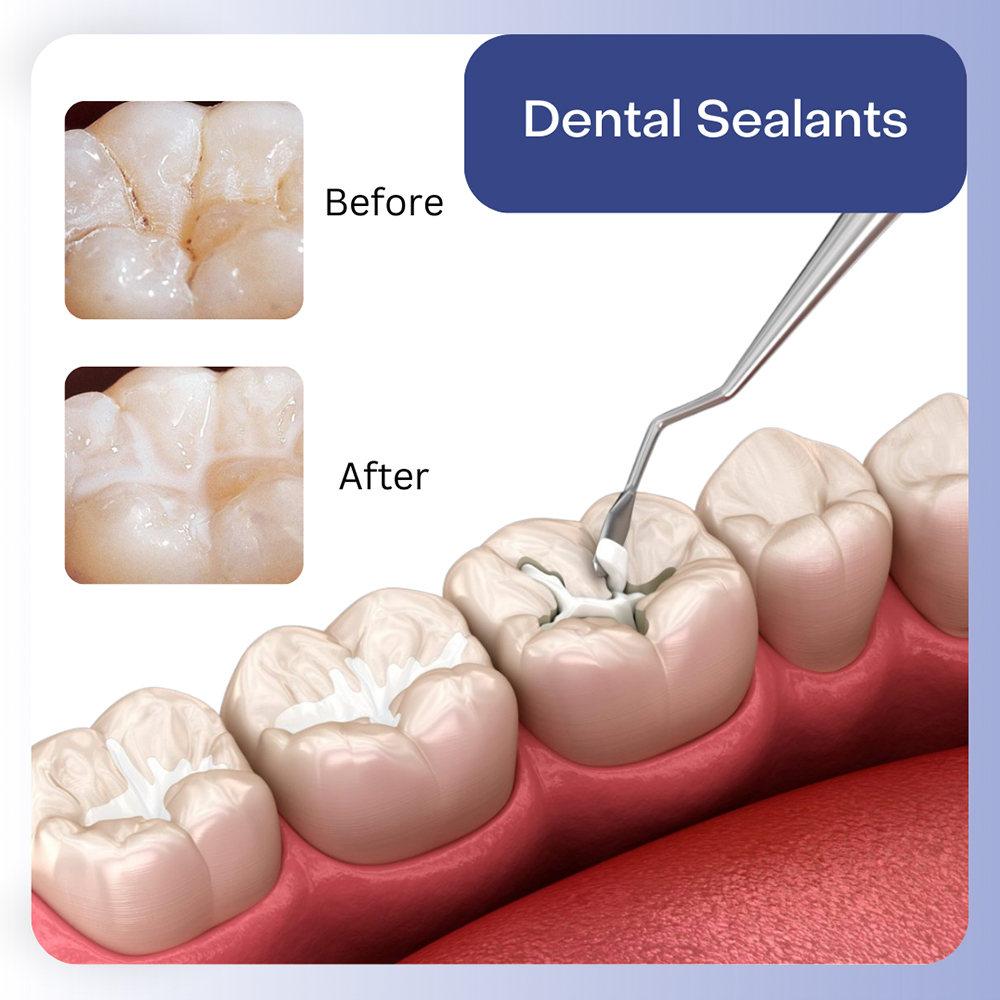Treatment Options for Rotten Teeth: From Fillings to Extractions

Rotten teeth, a severe consequence of untreated tooth decay, can cause significant pain and discomfort and lead to more serious oral health issues if not addressed promptly. Fortunately, a variety of treatment options are available to manage and remedy rotten teeth, depending on the extent of the decay. In this comprehensive guide, we will explore the different treatment options for rotten teeth, from simple fillings to more extensive extractions, to help you make informed decisions about your dental care.
1. Dental Fillings: Restoring Minor Decay
Description:
Dental fillings are a common treatment for teeth that have developed cavities due to early-stage decay. The procedure involves removing the decayed portion of the tooth and filling the empty space with a restorative material to restore the tooth’s structure and function.
Key Points:
- Types of Fillings: Common materials used for fillings include amalgam (metal-based), composite resin (tooth-colored), glass ionomer, and resin ionomer.
- Procedure: The dentist will clean out the decayed tissue, apply the filling material, and shape it to match the natural contour of the tooth.
When It’s Used:
Fillings are ideal for treating small to moderate cavities where the decay has not reached the tooth’s inner layers or caused significant damage.
2. Dental Crowns: Protecting and Reinforcing Damaged Teeth
Description:
Dental crowns are used to cover and protect teeth that have extensive decay or damage. A crown encases the entire tooth, providing structural support and restoring its function and appearance.
Key Points:
- Materials: Crowns can be made from various materials, including porcelain, ceramic, metal, or a combination of materials (porcelain-fused-to-metal).
- Procedure: The dentist will prepare the tooth by removing damaged tissue, take impressions, and place a temporary crown. A permanent crown is then fitted and cemented onto the prepared tooth.
When It’s Used:
Crowns are recommended for teeth with large cavities, extensive decay, or previous fillings that no longer provide adequate protection.
3. Root Canals: Treating Severe Decay
Description:
A root canal is a procedure used to treat severe tooth decay that has reached the tooth’s pulp (inner tissue containing nerves and blood vessels). The treatment involves removing the infected pulp, cleaning the root canals, and sealing the tooth to prevent further infection.
Key Points:
- Procedure: The dentist or endodontist will access the pulp chamber, remove the infected tissue, clean and disinfect the canals, and fill them with a biocompatible material. A crown is usually placed on the tooth afterward for added protection.
- Aftercare: Post-treatment, patients may experience mild discomfort, which typically resolves within a few days.
When It’s Used:
Root canals are necessary when tooth decay has reached the pulp, causing significant pain and risking the tooth’s survival.
4. Tooth Extractions: Removing Irreparable Teeth
Description:
Tooth extraction is the removal of a tooth that is beyond repair due to severe decay, extensive damage, or other oral health issues. This procedure is typically considered when a tooth is too damaged to be restored effectively.
Key Points:
- Types of Extractions: Extractions can be simple (removing a visible tooth) or surgical (removing a tooth that is below the gum line or has complex issues).
- Aftercare: Post-extraction care involves managing pain, preventing infection, and following instructions for proper healing, including avoiding certain foods and activities.
When It’s Used:
Extraction is a last resort when other treatments, such as fillings, crowns, or root canals, are no longer viable options due to extensive decay or damage.
5. Dental Implants: Replacing Extracted Teeth
Description:
Dental implants are a long-term solution for replacing missing teeth following extraction. An implant consists of a titanium post surgically placed into the jawbone, which serves as a foundation for a dental crown, bridge, or denture.
Key Points:
- Procedure: The implant is placed into the jawbone, and after a period of healing (osseointegration), a crown or other restoration is attached to the implant.
- Benefits: Implants provide a durable, natural-looking replacement for missing teeth and help preserve jawbone health.
When It’s Used:
Dental implants are recommended for individuals who have lost one or more teeth and want a permanent solution that mimics the function and appearance of natural teeth.
6. Dental Bridges: Filling the Gaps Left by Missing Teeth
Description:
A dental bridge is a fixed appliance used to replace one or more missing teeth by anchoring an artificial tooth to the adjacent natural teeth or implants.
Key Points:
- Types of Bridges: Traditional bridges, cantilever bridges, and Maryland bridges are common types, depending on the location and number of missing teeth.
- Procedure: The dentist will prepare the adjacent teeth or implants to support the bridge, take impressions, and place a temporary bridge while the permanent one is crafted.
When It’s Used:
Bridges are suitable for replacing one or more missing teeth when adjacent teeth are healthy enough to support the bridge.
7. Preventive Measures: Avoiding Further Decay
Preventing further decay and protecting your teeth from future damage is essential. Here are some preventive measures to incorporate into your oral care routine:
- Maintain Excellent Oral Hygiene: Brush twice daily with fluoride toothpaste, floss daily, and use mouthwash to reduce plaque and bacteria.
- Regular Dental Check-Ups: Visit your dentist regularly for check-ups and professional cleanings to catch decay early and receive timely treatment.
- Healthy Diet: Reduce sugary and acidic foods and beverages that contribute to tooth decay. Opt for a diet rich in fruits, vegetables, and dairy products to support dental health.
- Fluoride Treatments: Use fluoride toothpaste and consider professional fluoride treatments to strengthen tooth enamel and prevent decay.
- Protective Gear: If you play sports or grind your teeth, use a mouthguard to prevent damage.
Conclusion
Addressing rotten teeth promptly is crucial for maintaining oral health and preventing further complications. From fillings to extractions, a range of treatment options is available to manage tooth decay based on the extent of damage. By understanding these treatment options and seeking timely dental care, you can preserve your smile and prevent more severe dental issues. If you suspect you have rotten teeth or are experiencing dental pain, schedule an appointment with your dentist to explore your treatment options and take proactive steps toward a healthier smile.








